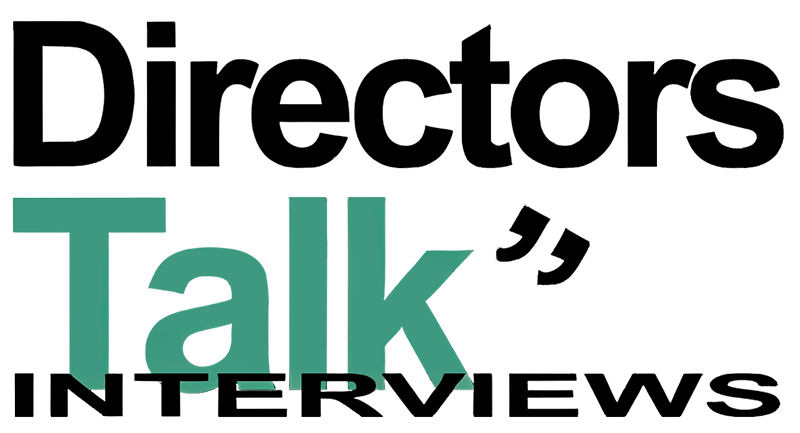In the intricate dance of gold recovery, cyanide may take the spotlight, but without this humble alkaline remedy, the entire operation falters. Cyanide requires recirculation at a strongly basic pH of around 10.5–11 to remain both effective and safe. Introducing this agent into the slurry prevents the formation of toxic hydrogen cyanide gas and keeps the dissolution chemistry aligned optimally. Beyond simply preventing loss of precious metal, the right pH enhances selective gold recovery and improves adsorption rates on activated carbon, impacting both yield and downstream processing costs .
Yet not all ores demand the same quantity. High‑grade, low‑copper ores in tank reactors consume less, typically under 1.5 kg per tonne, while refractory or heap‑leach processes, dealing with sulphides or low‑grade material, may demand 2–10 kg per tonne . These numbers shift materially with copper or pyrite in the feed, meaning abruptly higher reagent budgets and shifts in operating margin.
Tight integration of reagent procurement with ore sourcing thus becomes critical. Mines with stable ore chemistry can strike long‑term supply contracts at predictable volumes, shielding key processing margins. Scalability of gold output then becomes tightly tied not just to mineral reserves, but to the reliability and cost of this reagent, amplifying its strategic position.
Switching industries, steelmakers rely equally on this compound, but for entirely different chemical leverage. As a flux in blast and electric arc furnaces, it absorbs silica, phosphorus and sulfur from molten metal, forming slags that both protect the melt and eliminate harmful inclusions. In converter processes, formulations that include this material (sometimes mixed with dolomitic variants) also extend refractory life, a cost‑saving that compounds across high‑temperature repairs.
Its physicochemical characteristics ensure stable slag basicity, improving the removal of contaminants while reducing wear on furnace linings. This translates into both higher metallurgical recovery and lower operational disruption. Some plants even rely on pulverised versions injected directly into hot metal ladles to fine‑tune chemistry pre‑blow.
Beyond fluxing, the compound serves as a temperature buffer and sulphur scavenger—critical for both pig‑iron desulphurisation and end‑product quality control. In essence, it is a linchpin in meeting increasingly stringent steel specifications .
From an investors’ lens, the value lies in how this seemingly low‑margin mineral connects two major global industries, metals and mining, and large‑scale steel. On one hand, the predictable volume in gold processing, driven by cyanide circuits, anchors demand, especially in mines with consistent ore profiles. On the other, structural demand in steel is tied to global output, product quality benchmarks, and even emerging moves to decarbonise kiln operations.
The green transition adds nuance. Lime producers face growing carbon costs from calcination—one tonne of this compound emits roughly a tonne of CO₂ merely by decomposition, plus fuel emissions . As emissions trading escalates, producers may shift to low‑carbon kilns, alternative fuels or carbon capture, raising both capex and operating cost structures. Still, this also means early movers can package a low‑carbon form of the reagent as a premium differentiated product, especially to steelmakers targeting “green” slag inputs .
In gold, while environmental scrutiny is high, the chemistry side remains stable. The real leverage for investors lies with suppliers capable of scaling with upstream activity and CPA/CIL circuit design, and who can optimise logistics to higher‑lime‑consuming ores.
For steel, producers with local, low‑carbon supply linkages to kilns and quarries find themselves better positioned as decarbonisation widens. This is especially relevant to European and North American producers facing tight import carbon costs. To date, no alternative reagent offers the same combination of fluxing, thermal stability and desulphurization benefit.
Taken together, this creates a compelling narrative: an industrial mineral with modest spot pricing but structural importance, integrated into the backbone of two multibillion‑tonne industries. Its risk‑return profile is unusual: low commodity volatility, but deep structural exposure to both metal markets and climate policy.
This mineral is simply calcium oxide, a product of limestone burned to form quicklime or hydrated lime. Its importance spans from enabling safe, efficient gold leaching to refining steel quality and protecting furnace infrastructure. For investors, its value isn’t in price spikes but in its indispensable role across critical metal extraction and manufacturing pipelines.
Firering Strategic Minerals plc (LON:FRG) is an emerging quicklime producer and critical minerals explorer, with operations in Zambia and West Africa.











































